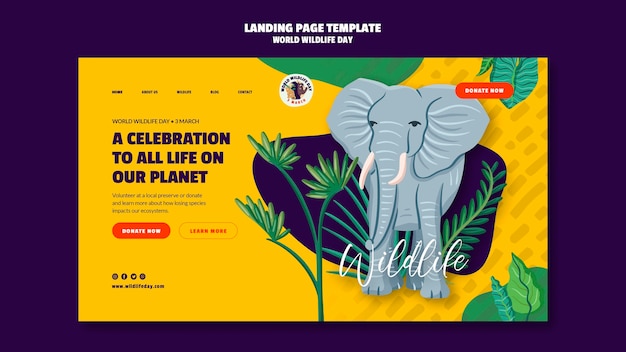Jungle Facts – Exploring the Richness of the Rainforest

The jungle is home to over half of the world’s plant and animal species.
A single hectare of jungle may contain more tree species than all of North America.
The Amazon rainforest is the largest jungle in the world, covering more than 5.5 million square kilometers.
Jaguars, the largest cats in the Americas, are known as the kings of the jungle.
The jungle has one of the most diverse and complex ecosystems on the planet.
The sounds of birds, insects, and monkeys create a symphony of life in the jungle.
Jungles are often referred to as the lungs of the Earth, as they play a vital role in producing oxygen and regulating climate.
Many medicinal plants are found in the jungle, offering potential cures for various diseases.
The jungle is a place of constant struggle for survival, where only the fittest survive.
Some jungle animals, such as sloths, move so slowly that algae can grow on their fur.
The jungle is a treasure trove of vibrant and colorful birds, including macaws and toucans.
Jungles are teeming with life, from tiny insects to massive elephants.
The lush green foliage in the jungle provides a natural habitat for numerous species of frogs.
The understory of the jungle is a dark and mysterious world, filled with unique plants and animals.
The jungle is a place where majestic waterfalls and mighty rivers flow, sustaining life.
The jungle canopies create an intricate network of interconnected trees, forming a living roof.
Jungle Facts – Exploring the Richness of the Rainforest part 2
Jaguars have the strongest bite force among the big cats, enabling them to crush the bones of their prey effortlessly.
The Amazon jungle is so vast that it produces its own weather patterns, including rain.
Bamboo, a versatile and fast-growing plant, thrives in jungle environments.
The loud calls of howler monkeys can be heard for miles around in the jungle.
Tapirs, large pig-like mammals, are excellent swimmers and are often found near jungle water sources.
Jungle cats, such as ocelots and margays, are skilled climbers and can leap long distances.
The jungle is a constant source of inspiration for artists, writers, and adventurers.
The layers of vegetation in the jungle provide different habitats for animals, allowing for diverse ecosystems.
The jungle is a sanctuary for endangered species, such as orangutans and Bengal tigers.
The smell of damp earth and decaying leaves fills the air in the jungle, creating a distinct atmosphere.
The jungle is a sensory overload, with vibrant colors, intricate sounds, and exotic scents.
Some jungle plants have developed unique adaptations, such as carnivorous pitcher plants that trap and digest insects.
The jungle is a place of hidden treasures, with many undiscovered species awaiting scientific exploration.
The interdependence of plants and animals in the jungle is crucial for maintaining the delicate balance of the ecosystem.
The jungle is a resilient and ever-changing environment, constantly adapting to natural disturbances.
Monkeys in the jungle have intricate social structures, with alpha males leading their troops.
The jungle is a place of perpetual growth and renewal, where new life emerges from the decayed remains of the old.
The survival skills of jungle animals, such as camouflage and mimicry, are impressive feats of evolution.
Some jungle insects, such as fireflies, produce bioluminescent light, creating a magical scene at night.
The jungle is a source of livelihood for many indigenous peoples, who live in harmony with nature.
Jaguars help regulate prey populations, ensuring a healthy balance in the jungle ecosystem.
The dense foliage in the jungle provides protection and shelter for animals from predators.
Jungle rivers are home to various species of freshwater fish, contributing to the overall biodiversity.
The jungle is a haven for endangered primates, such as orangutans and gorillas, which are critically important for the ecosystem.
Many jungle trees have enormous buttress roots that provide stability and support in the nutrient-rich soil.
The never-ending competition for resources in the jungle fuels the evolution of new adaptations and behaviors.
The mesmerizing patterns and vibrant colors of jungle butterflies make them a sight to behold.
Jungle frogs, such as poison dart frogs, have brightly colored skin to warn predators of their toxicity.
The intricate web of life in the jungle reminds us of the interconnectedness of all living beings on Earth.

